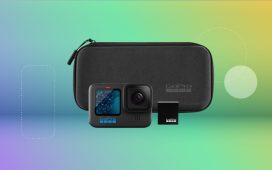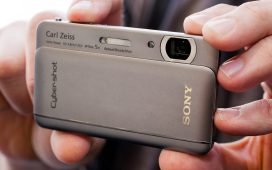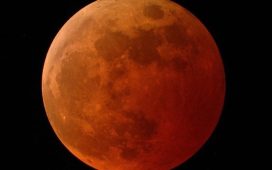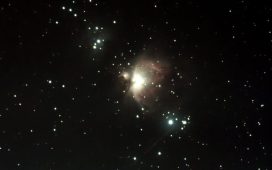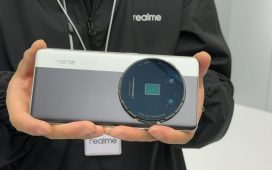Art, science and space came together for an otherworldly postcard of star trails captured from the International Space Station. NASA astronaut Don Pettit’s astrophotography skills were on full display in a new image he shared to X on Nov. 7. The long-exposure view shows Earth with circular star trails whirling across space.
A lot is happening in the image besides the star trails in the upper half. The streaking lights on Earth are from cities. Aurora light glows green. Flashes of lightning appear as bright spots over Earth. A little bit of the ISS is visible at the top of the frame.
“I have never been able to capture this before,” Pettit tweeted, saying new fast wide-angle lenses are “opening up observations previously not possible.”
Read more: See These Stunning Northern Lights Photos From Aurora Watchers
Pettit set his camera for a 30-minute time exposure during orbital night. Sunset is on the left while sunrise is on the right. The ISS witnesses 16 sunrises and sunsets each day as it treks along its orbital path above the planet.
NASA astronaut Don Pettit has a history of snapping star trails from the ISS. He named this long-exposure image from 2012 “Lightning Bugs.”
Pettit shared tech details for other photography enthusiasts. He used a Nikon Z9 camera with an Arri/Zeiss lens. He pulled the image into Photoshop and adjusted levels, contrast and color, and removed spots.
Read more: Best Camera to Buy in 2024
The computer Pettit used for photo processing on the ISS isn’t the most recent model.
“With our current 8-year-old laptops, I cannot perform dark frame subtraction followed by robust denoise operations (would take about 30 hours run time for a single composition where cosmic rays would probably require a reboot in the process), so clean, finished photographs will have to wait until I return to Earth,” Pettit said. Despite those limitations, Pettit turned out a knockout image.
Pettit has been in residence on the ISS since mid-September and is scheduled for a six-month stay. He’s a spaceflight veteran known for his photography work. He recently captured a lovely aurora view showing swirling green lights from the ISS. The star trails image is just the beginning of the astronaut’s long-exposure experiments with his new photography equipment.
Said Pettit, “Stay tuned for more of these.”

